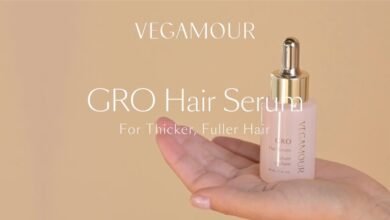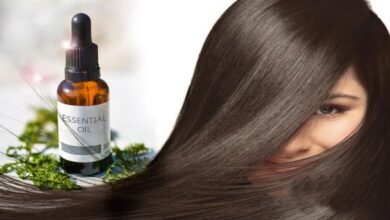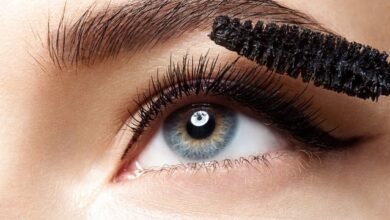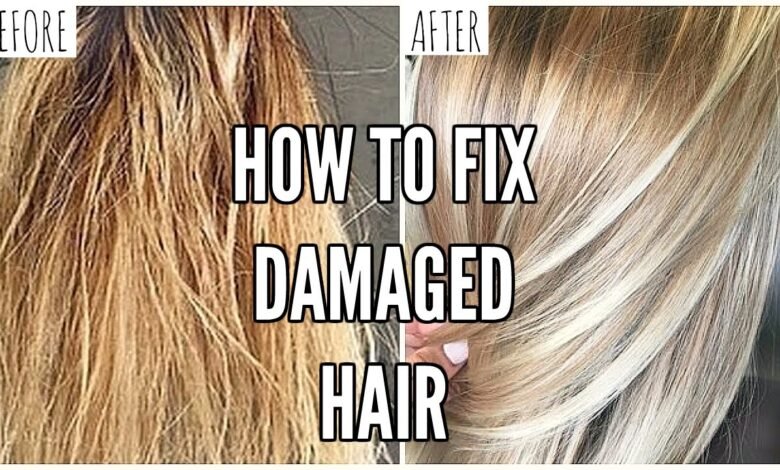
Heat-damaged hair can particularly influence its formation and health, but with proper care, recovery is possible. You can recognize heat damage by observing dryness, frizz, breakage, and reduced elasticity. Take proactive measures to fix heat-damaged hair.
Implementing protective measures like using heat protectants, decreasing heat styling, and incorporating deep conditioning treatments will help improve and maintain your hair. With patience and routine care, you can improve your hair’s natural beauty and power, ensuring it stays healthy and vibrant.
Causes of Heat-Damaged Hair
Heat-damaged hair frequently occurs when uncovered to high temperatures, impacting its strength and overall health. Understanding the main reasons can help you fix heat-damaged hair and keep it nourishing. Here are the key factors that lead to heat-damaged hair:
- Overuse of Heat Styling Tools: Flat Irons and Curling Wands reshape hair using direct heat. Regular use, especially in high-heat settings, can weaken hair by breaking down proteins and adhesives, leading to fragile and damaged hair.
- Blow Dryers: High-heat settings on impact dryers can release natural moisture from hair. The hot air raises the cuticle, leading to frizz and split ends.
- High Heat Settings: Most styling tools come with adjustable heat settings. Using the highest settings can cause unnecessary damage, especially to fine or chemically treated hair, which is more prone to heat damage.
- No Heat Protectant: Heat-protectant products protect hair from heat. Ignoring this step renders hair powerless to direct heat, improving the chance of damage.
- Frequent Heat Styling: Daily heat styling prevents your hair’s recovery. Constant high-temperature direction can cause incremental damage, making hair more likely to fail and dry out.
- Incorrect Use of Tools: Incorrect techniques can intensify heat damage, such as holding a flat iron in one spot for too long, not moving a blow dryer continuously, or using tools on wet hair.
- Poor Hair Care Routine: A deficiency of moisturizing and improving treatments in your hair care practice can worsen heat damage. Dry or flaky hair is more sensitive to damage from heat.
- Environmental Factors: The direction of the sun’s rays can drain hair, rendering it powerless against heat damage from styling tools. Pollutants and harsh weather can also harm hair, lowering its strength at high temperatures.
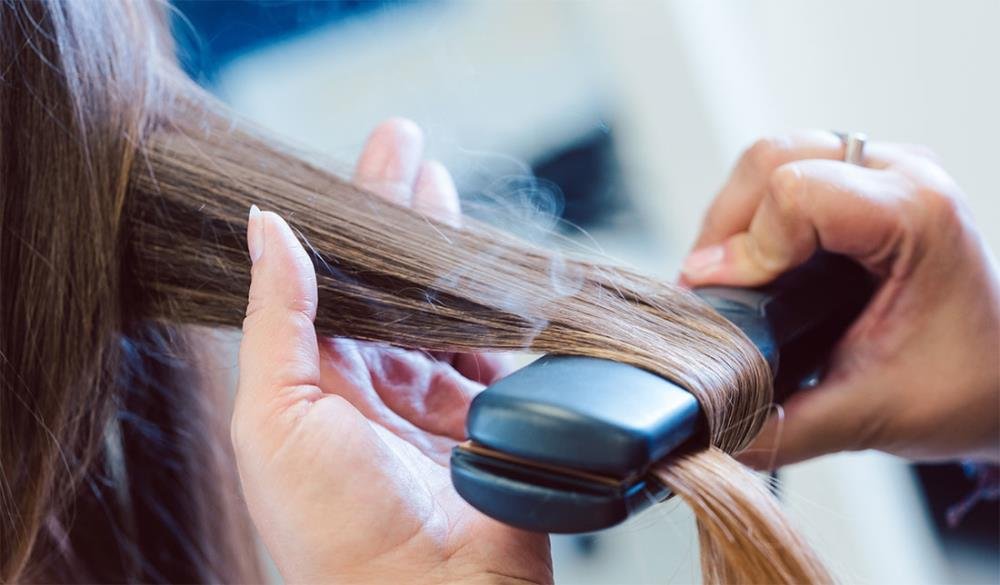
Common Signs of Heat-Damaged Hair
Identifying the signs of heat-damaged hair is essential for maintaining hair health. Here are some expected signs to watch out for:
Dryness and Rough Texture: Heat styling implements can strip hair of natural oils, allowing it to dry and rough. Without enough moisture, hair may touch dull and quiet.
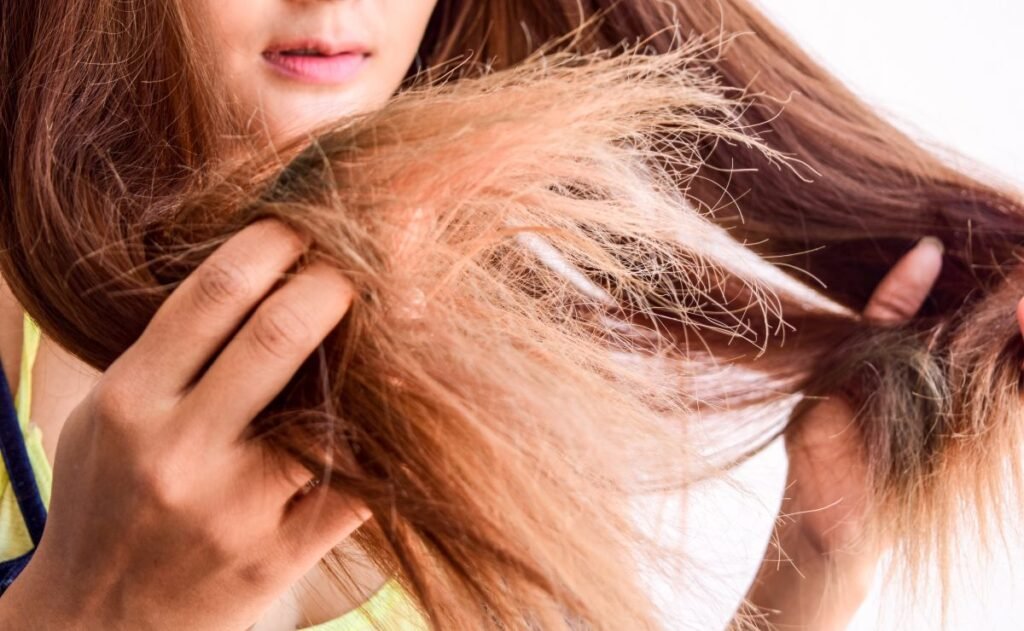
Frizz and Flyaways: Heat damage can lift and cause the outer layer of the hair, the cuticle, to become unstable. It can generate frizz and flyaways, making hair hard to handle.

Split Ends: Extreme heat exposure can cause hair ends to become dry and brittle, resulting in divided ends. Regular trims can help handle split ends, but constant heat damage may continue.
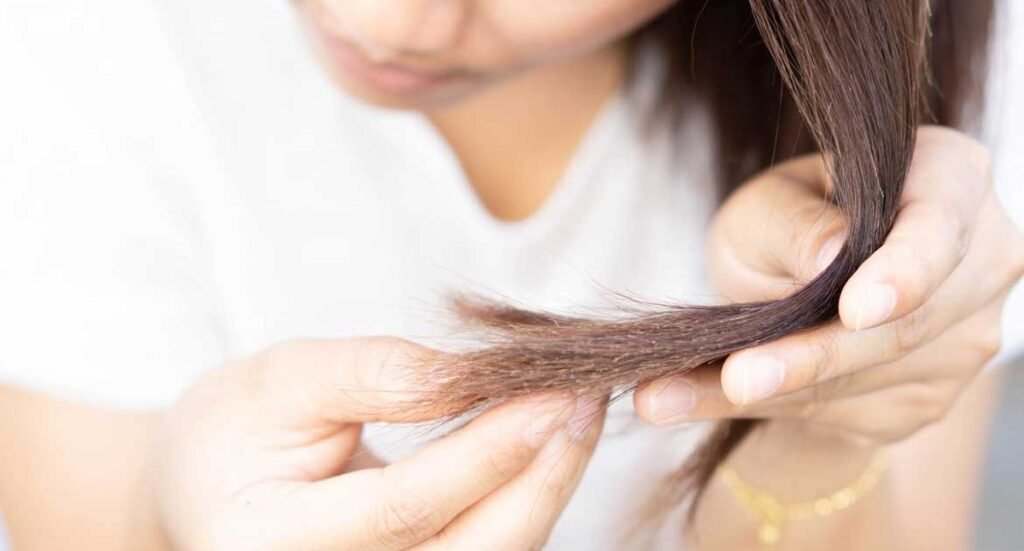
Breakage: Heat weakens the hair, making it flatter to break. If you see an addition in hair breakage when skimming or styling, it could be due to heat damage.

Loss of Elasticity: Healthy hair has a realistic elasticity, but heat-damaged hair fails at this rate. If your hair handles rigidly and doesn’t reflect when pushed gently, it may be heat-damaged.
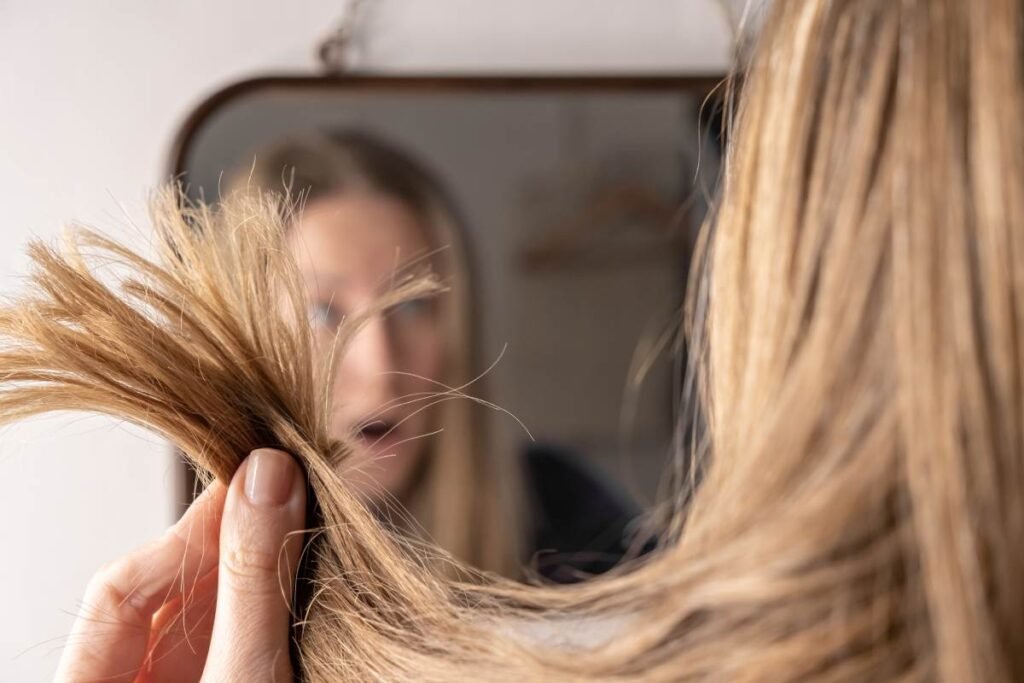
Tangled and Knotted Hair: Heat-damaged hair may become rough and unstable, leading to more tangling and knotting. Harmed cuticles can cause hair strands to catch on each other, creating a detangling complex.
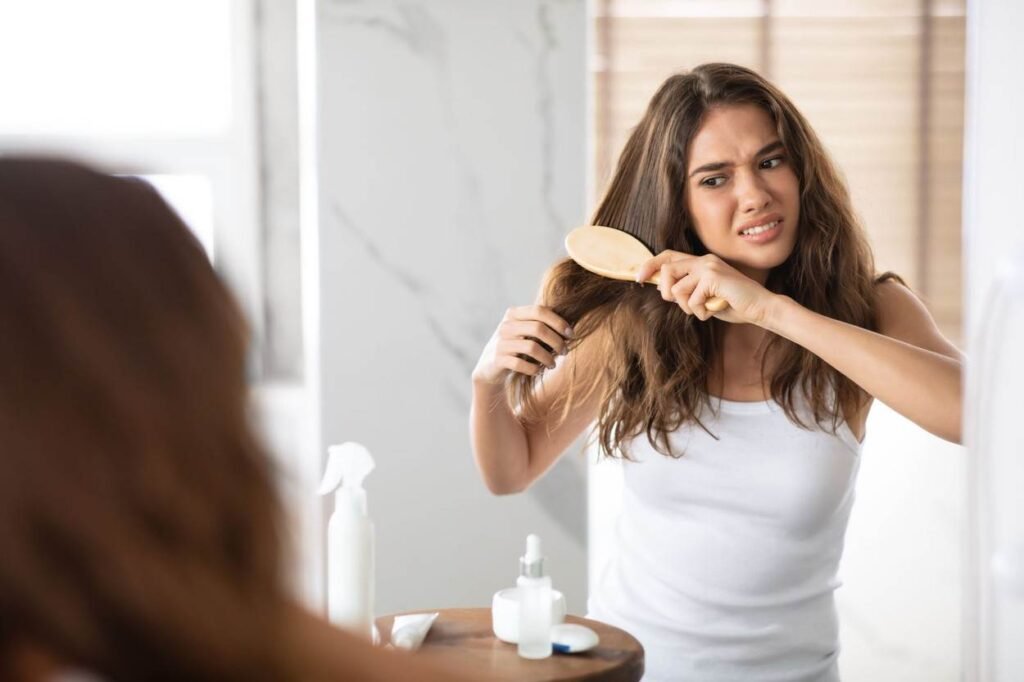
Identifying and Addressing Heat Damage
Recognizing the signs of heat-damaged hair is the first step in reforming its health. Here are some simple actions you can take to address and repair heat damage:
Reduce Heat Styling: To save your hair from heat frontage, operate heat styling tools and alternative methods, such as air drying or heatless styling techniques.
Use Heat Protectants: Before operating any heat styling devices, consistently use a heat protectant spray or serum to make a border between your hair and the heat, minimizing harm.
Deep Conditioning: Combine deep conditioning treatments and hydrating masks into your hair maintenance routine to refill moisture and repair damage caused by heat.
Regular Trims: Prepare trims to extract split ends and stop them from traveling up the hair shaft. It will minimize additional damage and stimulate healthy hair growth.
Protein Treatments: Protein therapies can maintain and revamp damaged hair. These remedies help reform elasticity and enhance hair’s overall health.
Gentle Handling: Be gentle when brushing and arranging your hair to avoid causing further breakage and tangling. Use a wide-tooth comb and avoid stretching or pulling on wet hair, as it is more flat to damage.
How to Fix Heat Damaged Hair
To fix heat-damaged hair, you need to decrease heat styling, use protectants and severe conditions, get frequent trims, apply protein therapies, and handle your hair gently. Following these steps can restore and strengthen your hair’s fitness.
Assess the Damage
To begin repairing heat-damaged hair, first evaluate the damage thoroughly. Check for split ends, dryness, and breakage. This evaluation will gauge the severity of the damage and guide your next steps. Severe damage may require specialized treatment or professional assistance.

Trim the Damaged Ends
If you want to enhance the look of heat-damaged hair quickly, start by snipping off the damaged ends. Split ends and breakage tend to spread upwards if left unchecked. Regular trims maintain hair health by eliminating the most damaged sections. Depending on the severity of the damage, you might require a significant chop or just a slight trim to address the most affected areas.
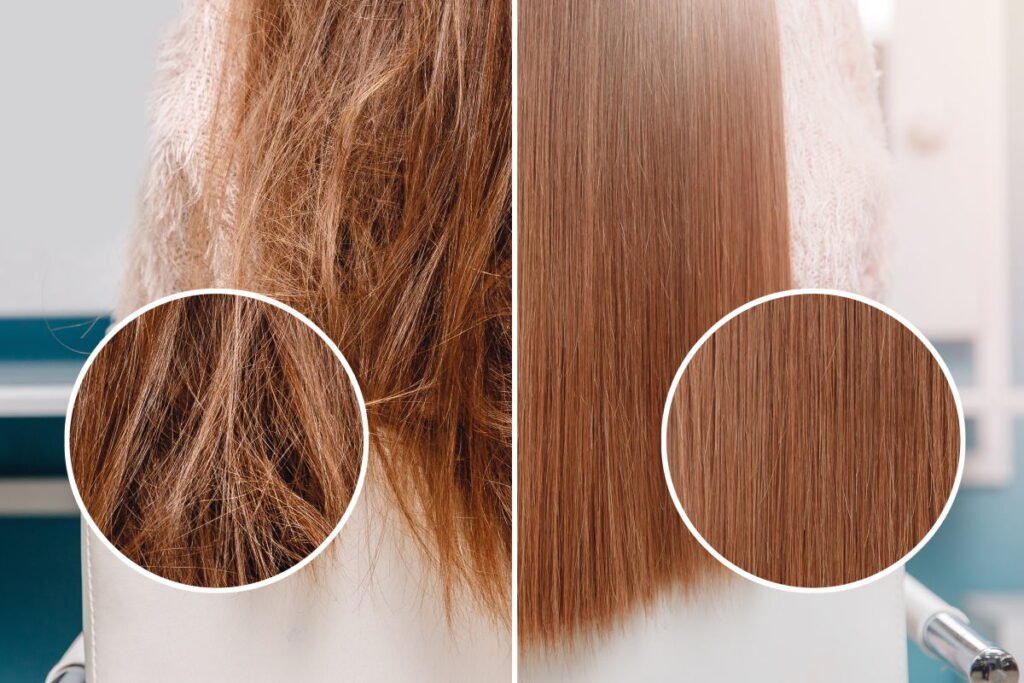
Reduce Heat Usage
It’s essential to prevent more damage during the recovery journey. Cut back on using heat styling tools as often. When you do, make sure to use a heat-protectant fountain every time to protect your hair. Also, try letting your hair air dry when you can and experiment with heat-free styling choices like plates or rollers.
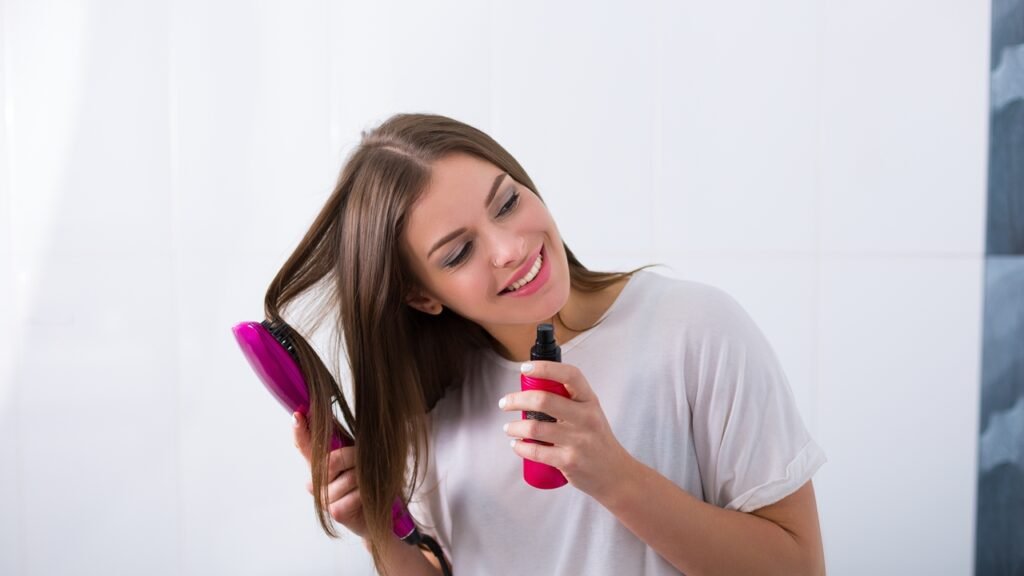
Deep Conditioning Treatments
Restoring moisture is essential for recovering heat-damaged hair. Deep conditioning remedies offer low hydration and repair to the hair shaft. Seek effects with healthy elements such as argan, coconut, and keratin. Apply a deep conditioner weekly, leaving it in for the recommended duration to let the nutrients sink in significantly.
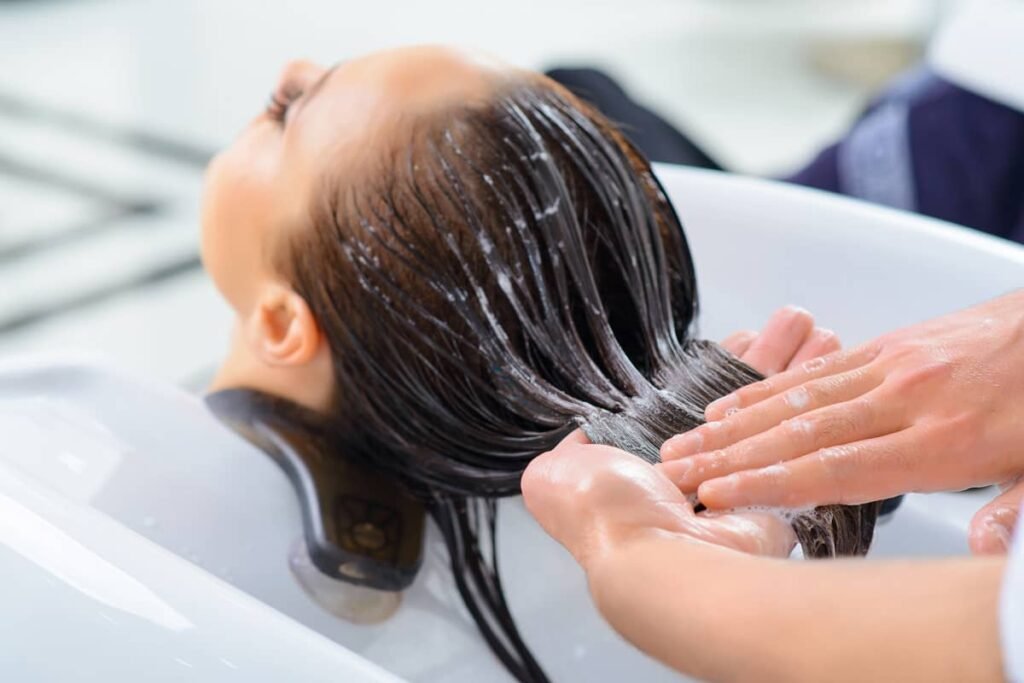
Protein Treatments
When hair is heated, it often loses protein, which weakens it. Introduce protein treatments into your hair care routine to rebuild and fortify your strands. Look for solutions that contain hydrolyzed proteins to fill holes in the hair root produced by breakage. Striking a balance is crucial, as excessive protein can make hair brittle. Use protein treatments once or twice monthly, adjusting based on your condition.
Hydrating Hair Masks
Hydrating hair masks deliver an extra dose of wetness besides using deep conditioners and protein treatments. Flame, avocado, and aloe vera are known for their hydrating and hair-restoring properties. You can purchase pre-made shields or make your own for free. Apply these masks regularly to keep dampness levels up and improve hair texture.
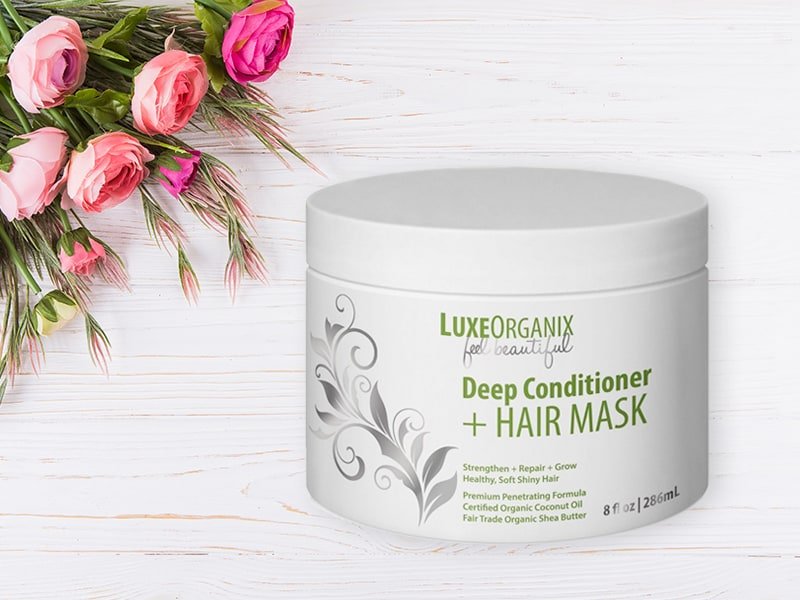
Gentle Hair Care Routine
Adopt a gentle care routine to aid:
- Utilize a sulfate-free product and a hydrating conditioner to stop hair drying.
- Avoid utilizing a brush and a wide-tooth comb to remove tangles when gently detangling wet hair.
- When drying, pat our hair. It is washed with a soft towel to reduce friction and breakage instead of rubbing it.
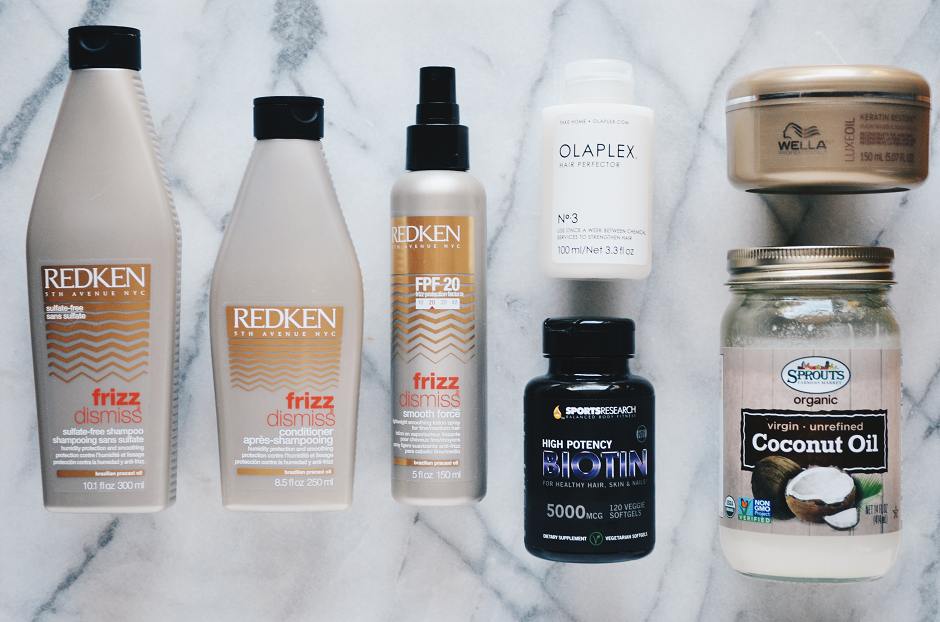
Avoid Chemical Treatments
Chemical treatments like coloring, perming, and relaxing can worsen heat damage during recovery. Please steer clear of these treatments for now. If coloring is necessary, choose semi-permanent dyes and ammonia-free formulas, which are gentler. Taking a break from chemicals will significantly assist in your healing journey.
Use Leave-In Conditioners
Leave-in conditioners can deliver ongoing dampness and safety throughout the day. They allow for detangling hair, diminish frizz, and protect against environmental stressors. Choose a leave-in conditioner that works for your coat type and use it after every wash to keep your hair hydrated and effortless.
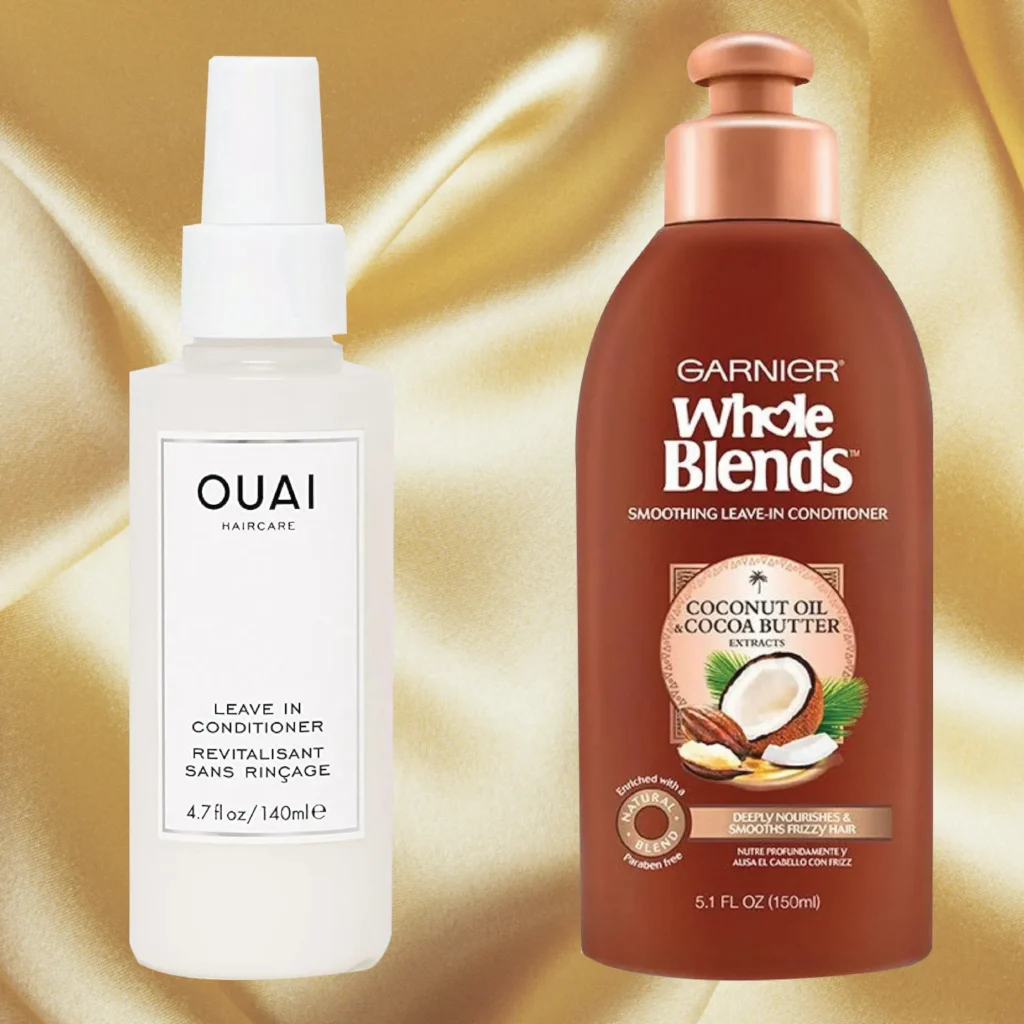
Maintain a Healthy Diet
Ensure you eat a balanced diet, permitting hair to develop and repair. Meals with omega-3 fatty acids, vitamins A, C, and E, and biotin are beneficial. Remaining hydrated by consuming sufficient water is vital for maintaining a healthy hide.

Conclusion
Heat damage to hair can negatively impact its exterior and health, but it is possible to repair it with care. You can place the indications of heat harm to hair, such as dryness, frizz, breakage, and loss of elasticity, and take aggressive steps to enhance it.
Implementing defensive measures like heat protectants, decreasing heat styling, and including deep conditioning treatments will help improve and maintain your hair. You can repair your hair’s natural beauty and stability with tolerance and regular care, ensuring it stays healthy and vibrant.
FAQs about How to Fix Heat Damaged Hair
[sp_easyaccordion id=”2577″]




